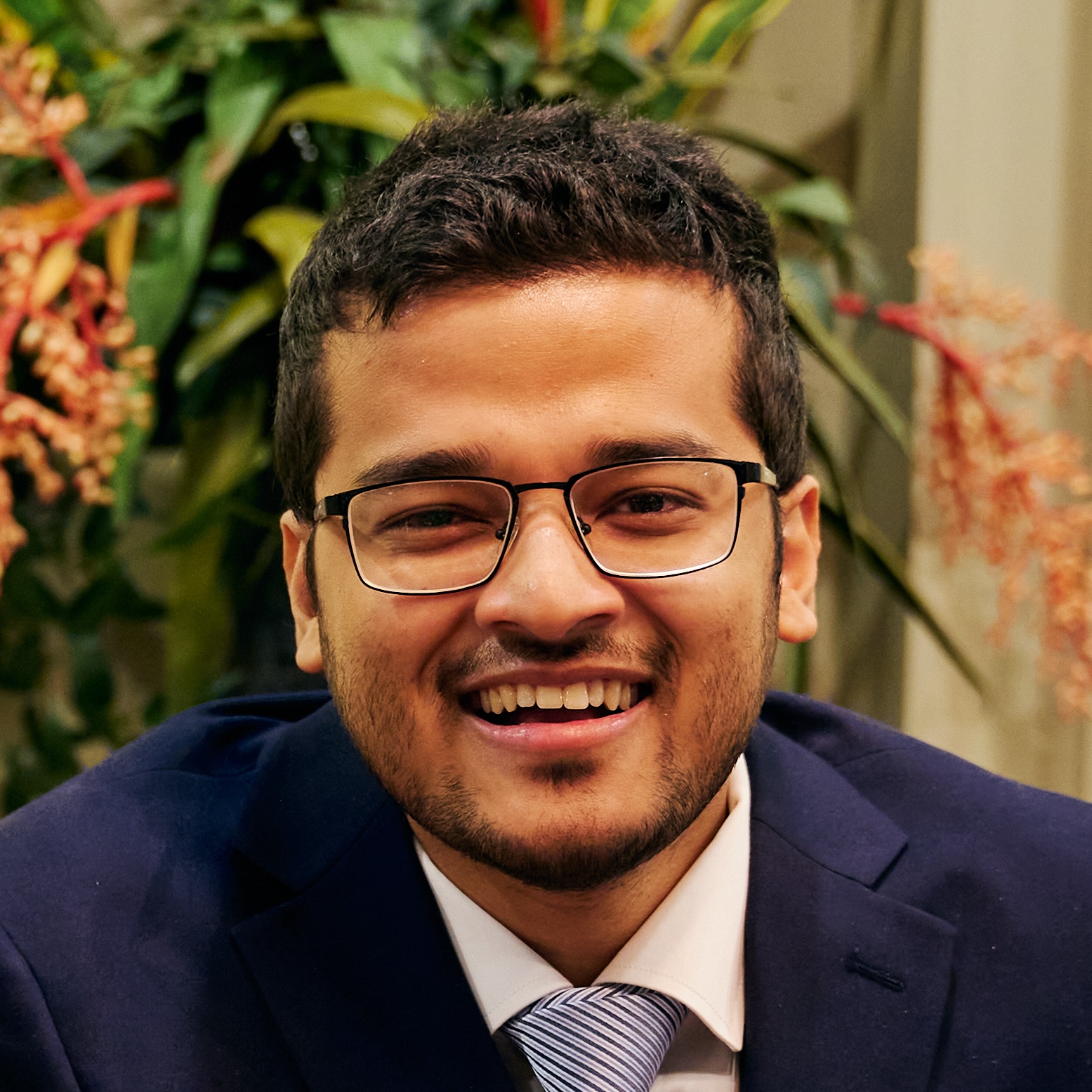Welcome to Amlan Sinha’s World
Welcome to my corner of the internet! I’m Amlan Sinha, an aerospace engineering doctoral candidate at Princeton University, driven by a passion for reimagining how we navigate the cosmos. My research blends optimal control, dynamical systems theory, and nonlinear optimization to tackle one of humanity’s greatest challenges: space exploration. Whether it’s charting more efficient paths for spacecrafts or unraveling the complexities of multibody dynamics, I’m passionate about pushing the boundaries of what’s possible in space mission design.
About Me
My story begins in Dhaka, Bangladesh, where I grew up with a deep curiosity about science and engineering from a very young age. If you are curious about my life so far, you can check out my journey. After finishing high school, a transformative opportunity came in the form of a full-ride scholarship to study at Cornell University - a chance that would shape my future in ways beyond my wildest dreams. During my undergraduate journey, I found my calling in classical mechanics and control systems, laying the groundwork for my current work. As an undergraduate student, I was fortunate to be mentored by Prof. Dmitry Savransky, who introduced me to the field of dynamical systems and optimal control. Now, at Princeton University, I’m transforming those early dreams into reality, exploring the complexities of space mission design. I’m fortunate to be mentored by Prof. Ryne Beeson, who has been the best mentor, adviser and friend one could ask for. His patience, support, and guidance awes me every day.
Beyond my academic pursuits, I’m passionate about fostering positive change through ESG (Environmental, Social, and Governance) and DEI (Diversity, Equity, and Inclusion) initiatives, working to create a more inclusive and impactful scientific community. After all, the most meaningful innovations happen where diverse ideas, disciplines, and perspectives intersect. When I’m not scribbling on a chalkboard or hammering away at a keyboard, I enjoy capturing the world in time through my camera — a creative outlet that helps me see science, nature, and human experiences from new perspectives. If you want to see some of my research photos, you can check them out here.
Research Focus
Low-thrust (LT) propulsion systems are becoming increasingly popular in space missions, both large strategic science missions (e.g., Hayabusa, Dawn, Hayabusa2, Bepi-Colombo, Lucy, Psyche) and small technology demonstration missions (e.g., Mars Cube One, NEA Scout, Lunar Flashlight), due to their characteristically high specific impulses which allow them to achieve a higher payload-to-propellant ratio than their impulsive counterparts. However, such LT missions are often susceptible to safe mode events, which occurs if an anomalous event (e.g., impact with space debris) forces the spacecraft to depart from its nominal operating conditions causing it to enter a protective mode during which all thruster operations are switched off - if such a safe mode event coincides with a scheduled thrust arc, it results in what is known as a missed thrust event (MTE). Due to their characteristically long thrust arcs, MTEs are quite common for LT trajectories. And, unless specifically accounted for during the preliminary mission design phase, MTEs can severely impact the mission performance, and in some cases may even result in complete mission failure depending on the remaining mission time, and the available onboard fuel. These effects can be especially dire in missions where success depends on certain maneuvers being performed at critical junctures along the trajectory (e.g., flybys).

Missed Thrust Design
My research spans three main thrusts:
- Dynamical Structures: Investigating how natural dynamical structures (e.g., invariant manifolds in three-body dynamical systems) can be exploited to promote robustness in low-thrust solutions within complex multibody dynamical systems,
- Algorithmic Enhancements: Improving state-of-the-art computational approaches through better initial guess generation, analytic derivatives computation, and parallel computation strategies,
- Theoretical Foundations: Incorporating bi-level optimal control theory to provide formal guarantees for robust low-thrust trajectory design, bridging the gap between theoretical optimality and practical implementation.
Invitation to Explore
I invite you to explore my site further to learn about my research projects, publications, and teaching endeavors. Whether you’re a student interested in the field of astrodynamics, a fellow researcher, or someone passionate about the future of space exploration, I look forward to sharing insights and engaging in meaningful discussions.
Thank you for visiting, and let’s embark on this journey to the stars together.
